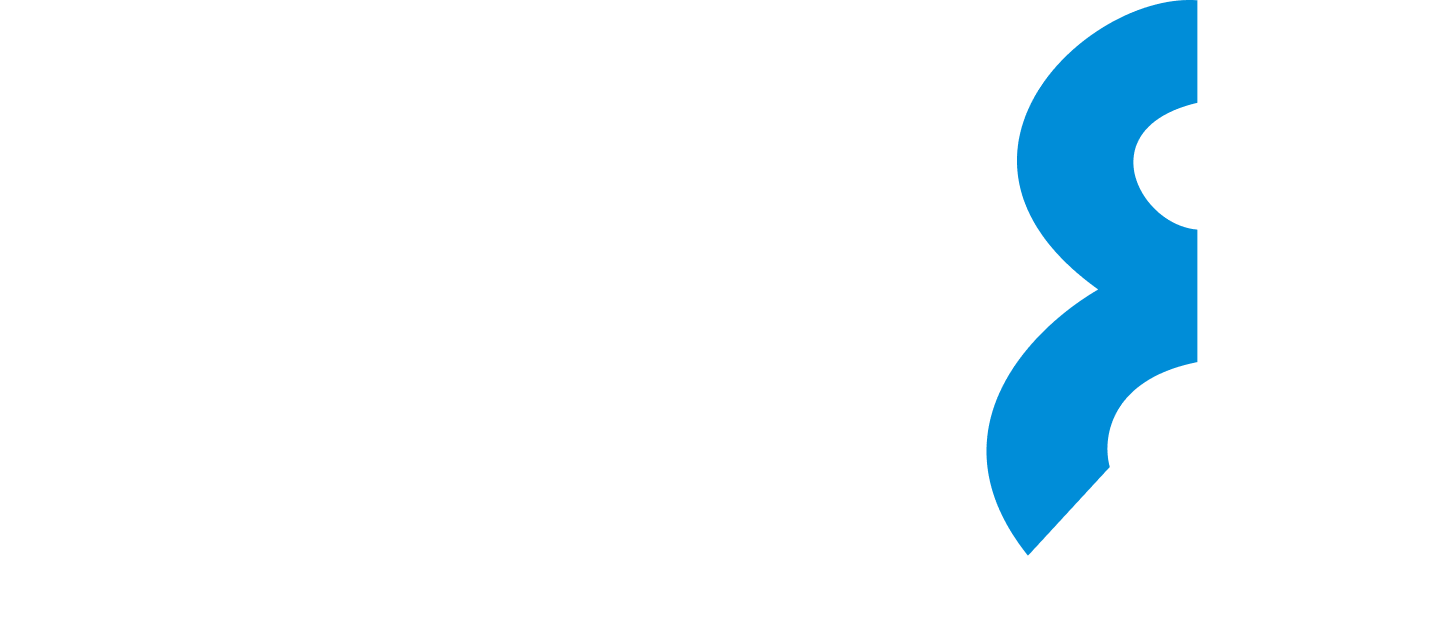Overview

Amount receivable in transportation refers to the money that a transportation company expects to receive from its customers for the services it has provided. Transportation companies keep track of the services they have provided and the fees owed by their customers.
These fees can include ticket fares, freight charges, or any other costs associated with the transportation service. The amount receivable represents the total outstanding payments that the company is waiting to receive from its customers.
It’s important for transportation companies to keep track of the amount receivable because it affects their financial health. They need to ensure that customers pay their bills on time so that the company can cover its operating expenses, pay its employees, and continue providing transportation services efficiently.
Aging Analysis
Aging analysis refers to the categorization of the amount receivable based on the length of time the payment is outstanding. It helps in identifying overdue payments and allows the transportation company to prioritize collection efforts.
Common aging categories include current (up to 30 days), 30-60 days, 60-90 days, and more than 90 days. Timely tracking and follow-up on aging receivables are essential for maintaining a healthy cash flow.
Collection Strategies
Transportation companies employ various collection strategies to manage the amount receivable. This may include sending reminders, issuing collection letters, making phone calls, or even engaging in legal actions if necessary. Having effective collection strategies in place helps in reducing bad debts and improving the overall collection process.
Are AR and final payments the same?
No, final payment and amount receivable are not the same in the context of transportation.
The final payment refers to the last payment made by a customer to settle their outstanding balance for the transportation services they have received. Once the final payment is made, the customer has completed their financial obligation and no further payments are expected.
On the other hand, the amount receivable represents the total outstanding payments that a transportation company is waiting to receive from its customers. It includes all the unpaid balances from different customers for the services provided.
Let’s take an example to illustrate the difference:
Imagine you book a flight with an airline for a round-trip journey. The total cost of the ticket is $500. You make an initial payment of $100 when you book the ticket, leaving a remaining balance of $400.
In this scenario:
The initial payment of $100 is not the final payment; it’s just an initial amount paid upfront.
The remaining balance of $400 is considered the amount receivable for the airline because they are still expecting to receive this payment from you.
Now, let’s say you make two more partial payments of $150 each, reducing the outstanding balance to $100. At this point, the airline is still waiting for the final payment of $100 to fully settle the amount receivable.
Once you make the final payment of $100, it completes your financial obligation, and there is no longer any amount receivable from you. The final payment signifies the end of your payment journey with the transportation company.
In summary, the final payment is the last payment made by the customer to settle the outstanding balance, while the amount receivable represents the total outstanding payments that the transportation company is waiting to receive from its customers.
FAQs:
How can transportation companies reduce their amount receivable?
Implement efficient collection strategies and closely monitor aging receivables to prioritize timely follow-up and payment reminders.
What are the consequences of a high amount receivable for transportation companies?
High amount receivable can lead to cash flow issues, hinder business operations, and increase the risk of bad debts.
How can transportation companies improve their billing and invoicing processes to manage the amount receivable?
Streamline billing procedures, ensure clear and accurate invoices, and leverage automation to minimize errors and delays in payment processing.
